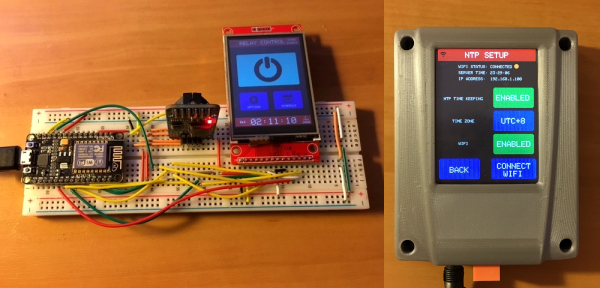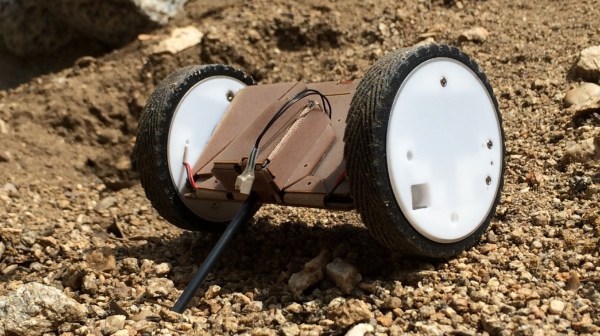[Michael Becker] has been using FreeRTOS for about seven years. He decided to start adding some features and has a very interesting C++ class wrapper for the OS available.
Real Time Operating Systems (RTOS) add functionality for single-thread microcontrollers to run multiple programs at the same time without threatening the firmware developer’s sanity. This project adds C++ to the rest of the FreeRTOS benefits. We know that people have strong feelings one way or the other about using C++ in embedded systems. However, as the 24 demo projects illustrate, it is possible.
One nice thing about the library is that it is carefully documented. A large number of examples don’t hurt either. The library is clean with just under 30 classes. It seems to have resisted the trend of having classes for everything. You know the kind of library we mean. To create an Integer object, just build a configuration object to pass to the class factory generator which…. This library doesn’t entertain any of that. It has simple abstractions around threads and timers, queues, and mutexes.












 PUFFER — which stands for Pop-Up Flat-Folding Explorer Robot — is able to sense objects and adjust its profile accordingly by ‘folding’ itself into a smaller size to fit itself into nooks and crannies. It was designed so multiple PUFFERs could reside inside a larger craft and then be deployed to scout otherwise inaccessible terrain. Caves, lava tubes and shaded rock overhangs that could shelter organic material are prime candidates for exploration. The groups of PUFFERs will send the collected info back to the mother ship to be relayed to mother Earth.
PUFFER — which stands for Pop-Up Flat-Folding Explorer Robot — is able to sense objects and adjust its profile accordingly by ‘folding’ itself into a smaller size to fit itself into nooks and crannies. It was designed so multiple PUFFERs could reside inside a larger craft and then be deployed to scout otherwise inaccessible terrain. Caves, lava tubes and shaded rock overhangs that could shelter organic material are prime candidates for exploration. The groups of PUFFERs will send the collected info back to the mother ship to be relayed to mother Earth.









